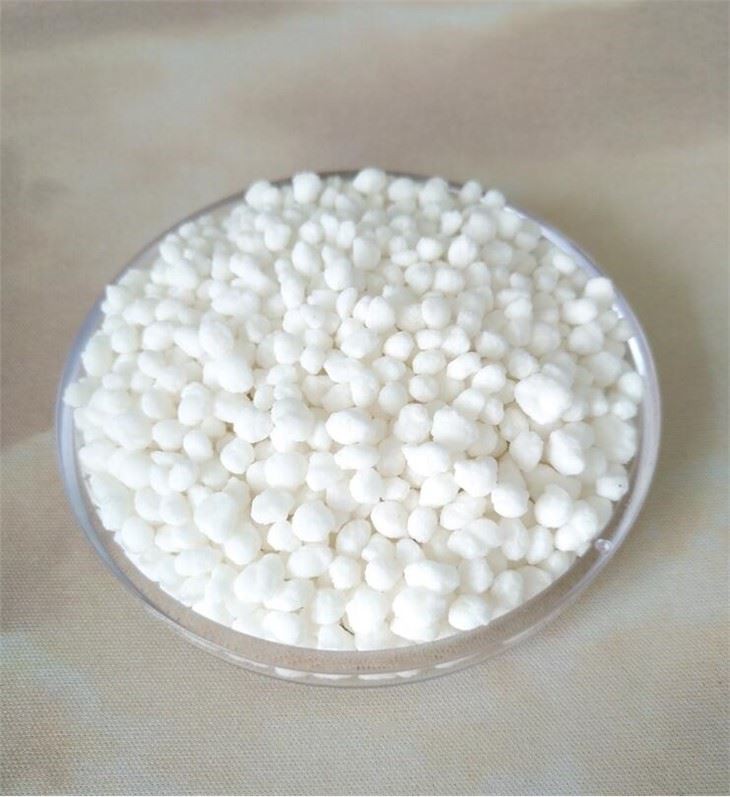



plumbous nitrate
Plumbous Nitrate An Overview
Plumbous nitrate, also known as lead(II) nitrate, is an inorganic compound with the chemical formula Pb(NO3)2. It appears as a colorless, crystalline salt and is highly soluble in water. This compound is of significant interest in various scientific fields, including chemistry, materials science, and environmental studies due to its unique properties and applications.
One of the most notable characteristics of plumbous nitrate is its ability to undergo thermal decomposition. Upon heating, lead(II) nitrate decomposes to form lead(II) oxide, nitrogen dioxide, and oxygen. This property makes it valuable in pyrotechnics, where it serves as a strong oxidizer. Such applications highlight the compound's potential in producing vibrant colors in fireworks, aiding in the enhancement of visual spectacles during celebrations and events.
In addition to its role in pyrotechnics, lead(II) nitrate has applications in the field of chemistry as a reagent. It is frequently used in various synthesis processes, including the preparation of lead-based compounds. Moreover, it plays a crucial role in analytical chemistry, particularly in methods involving lead detection. Its solubility in water and the ready availability of its ions make lead(II) nitrate an ideal choice for titrations and other analytical procedures aimed at quantifying lead concentrations in solutions.
plumbous nitrate

However, the use of plumbous nitrate is not without concern. Lead is a toxic element, and its compounds pose significant environmental and health risks. Lead(II) nitrate can contaminate water sources if not handled or disposed of properly, leading to adverse effects on human health and ecosystems. Prolonged exposure to lead can result in serious health issues, including neurological damage, developmental delays in children, and other systemic problems. Therefore, stringent safety measures must be observed when working with this compound, including the use of personal protective equipment and proper waste disposal protocols.
Sustainable alternatives and remediation strategies are being explored to mitigate the harmful effects associated with lead usage. Researchers are investigating green chemistry approaches to minimize lead usage or to substitute it with less harmful compounds. The public and scientific communities are increasingly advocating for safer practices in industries that utilize lead compounds, emphasizing the importance of transitioning towards more environmentally friendly alternatives.
In conclusion, plumbous nitrate is a compound with fascinating properties and diverse applications, from its use in pyrotechnics to its importance in chemical analysis. However, the associated health and environmental hazards necessitate careful handling and ongoing research into safer practices. As we continue to explore the fascinating world of chemistry, it is crucial to balance innovation with responsibility, ensuring that our pursuit of knowledge does not come at the expense of our health or environment. Through responsible management and research, we can harness the benefits of lead(II) nitrate while minimizing its risks.
-
Why Sodium Persulfate Is Everywhere NowNewsJul.07,2025
-
Why Polyacrylamide Is in High DemandNewsJul.07,2025
-
Understanding Paint Chemicals and Their ApplicationsNewsJul.07,2025
-
Smart Use Of Mining ChemicalsNewsJul.07,2025
-
Practical Uses of Potassium MonopersulfateNewsJul.07,2025
-
Agrochemicals In Real FarmingNewsJul.07,2025
-
Sodium Chlorite Hot UsesNewsJul.01,2025










